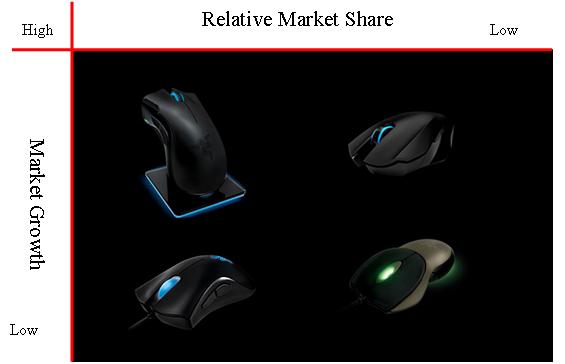Slayers_`Boxer` – The Emperor
Stumbling upon the Cult of Razer blog, I was amazed to learn of the great sponsorship deal that was just agreed upon. The legendary Starcraft player Lim Yo-Hwan, or better known by his ID Slayers_`Boxer`, has just joined team Razer. For those who are not familiar with Boxer, Boxer is one of the players that essentially popularized Starcraft in Korea. He basically pioneered the way the game is played today and has also played a significant role in the success of Starcraft 2 by making a recent comeback. This commitment to e-sports prompted Razer to sponsor him. As we all know, Razer’s motto is “For Gamers. By Gamers.”. Now Slayers (Boxer’s Clan) will join other legendary teams such as WeMade Fox and Rox.Kis already sponsored by Razer. This effect of this sponsorhip can be seen through consumer behaviour and the last of the 4Ps.
By sponsoring Boxer in tournaments, Razer gets recognition where it counts the most, in the eyes of gamers. This appeals to the consumers affective attitudes. Boxer has won the hearts of many fans as being the pioneer for e-sports. He is the one that made gaming the sensation it is nowadays in Korea and around the world. Hopefully, this love for the game will drive the consumers to buy Razer products. In a way, by buying Razer products, the consumers are making a commitment to support gaming and the players they love. And of course, if Boxer advocates the use of Razer gear, then it must go good.
The original blog post can be found on the Cult of Razer blog here.
 Comments(2)
Comments(2)

